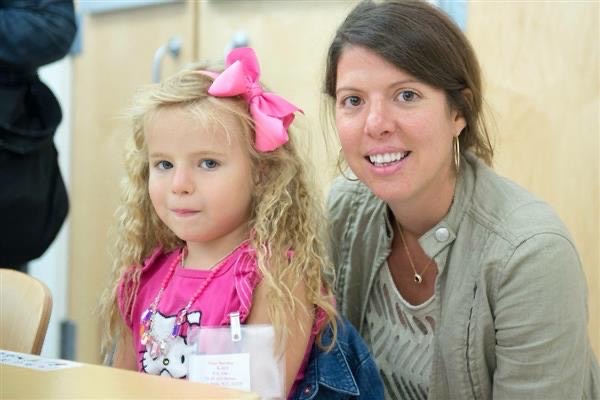Formal Dinner at Kent
November 1, 2015
Following the recent questionnaire sent to all students and faculty by the Dining Service, asking for formal dinner food suggestions, a debate about this Thursday’s night ritual seems to be heating up on campus.
One of the longest-standing traditions at Kent, formal dinner now falls on Thursday evenings. But there have been a number of changes in the formal meal structure since the school’s founding. As Mr. MacLeod, who has been working at Kent for around 30 years, recalled, “It used to be that all meals were formal, breakfast, lunch, dinner.” Back then, he said, each table was made up of “two freshmen, two sophomores, two juniors and two seniors – and freshmen did all the waiting.” It wasn’t until September 1992, when “we became a consolidated school on the same campus,” that formal dinner became a meal among advisors and their advisees. “After consolidation,” recalled MacLeod, “we had three or four formal dinners [every week] in the first few years. Gradually we went down to two, and now we only have one.”
Curious about the current sentiment on campus in regards to this tradition, we interviewed a series of students, who wished to remain anonymous, as well as key faculty and staff members.
Among the comments we gathered, there were quite a few positive responses about “FormDinn.” For instance, this additional opportunity of communication between advisors and advisees has proved to be helpful for many students, extending the time during which they can share experiences and ask for advice. It can also foster a stronger relationship between students in the same advisory group.
Additionally, the once-a-year “Mix it Up” dinner, run by the Diversity Club, is intriguing to the student body as well. “It fosters community spirit,” said a junior in the interview, “[and] it does help us form new relationships.” Some students further expressed their hope to have mixing dinners more frequently. However, as Mrs. You, the advisor of the Diversity Club noted, the main purpose of the formal dinner is the communication between advisors and advisees, therefore mixing tables regularly might miss the point.
However, there were also some objections raised about Formal Dinner as well. The food served, both for students and staff, was a main sticking point. As Mr. Hudson, Director of Food Services, pointed out, it is indeed “challenging to find one meal that can feed up to 570 people that everybody sort of likes.”
The wasting of food on formal dinner night is also a problem that Mr. Hudson hopes can be addressed. He indicated that there is a wide discrepancy between consumption from table to table, and said that there is much more waste on formal dinner nights than after cafeteria-style meals.
Timing was another frequent concern among those interviewed. The Thursday night schedule is “quite packed with both Chapel and formal dinner,” said one senior. And, since Friday is the end of the week and is the one day in the schedule with a full day of 45-minute classes, “a lot of teachers give assignments or tests and quizzes that day.” The combination of a busy evening followed by a busy day has some students wondering whether there is a better way to arrange the weekly schedule.






